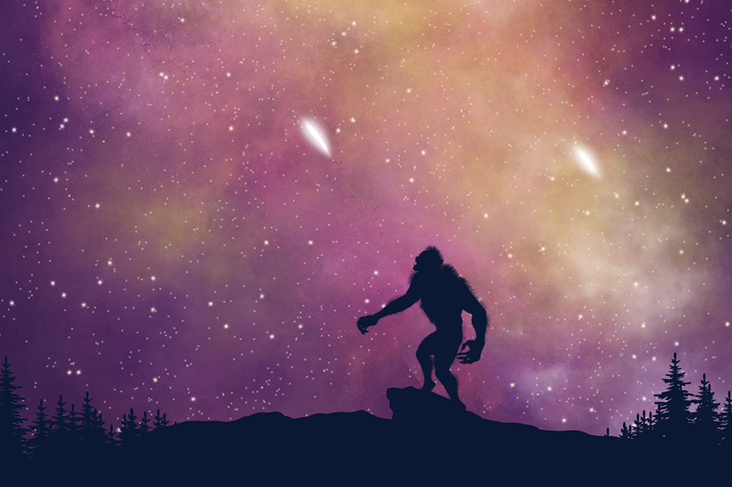In the second installment of the Creatures of the Night, we’ll take a look at the myth and legends surrounding the Werewolf. From mythohistorical origins to the psychological transformation and societal subtext to the modern interpretation of the folklore traditions.
The belief that the phases of the Moon represent the circle of life, commanding man and nature alike, is very common amongst ancient religions. They timed their celebrations and festivals around them.
And for a good reason! The Moon affects the tides, how animals migrate, the beginning and ending of seasons, etc.
For these civilizations that depended on nature for food and survival, it was kind of a big deal.
But did you know there’s evidence suggesting full-moons do in fact influence us on an emotional and physical level?
There are spikes in traffic accidents, murders, and just weird events in general. After all, the term “lunacy” comes from the lunar cycle. Aristotle has documented this phenomenon, alongside many philosophers throughout the years.
Have you ever noticed how it affects YOU?
Personally, I get more irritable, more emotional, and in some instances more energetic! A flush, a sense of excitement. Obviously, it could be a coincidence… but I wonder if it’s one of the reasons the myth of the werewolf was connected to the silver satellite.
Indeed, it’s one of the most popular legends, one that has persisted for thousands of years amongst many different traditions.
Why?
Well, you’re about to find out!
The Mythological Origins of the Werewolf
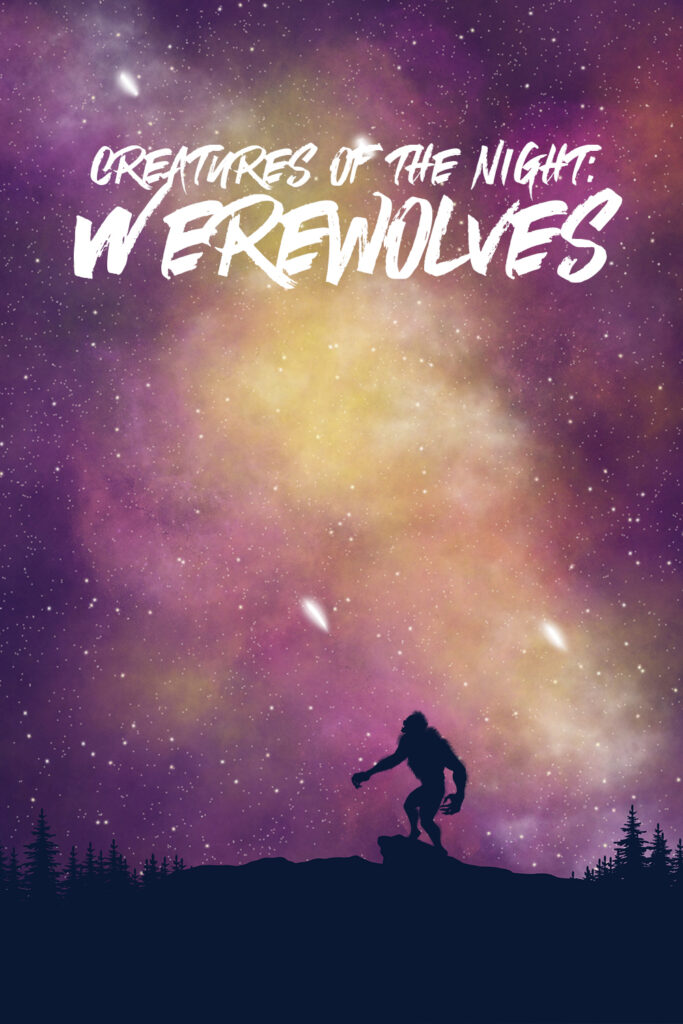
Even though we encounter the myth of the werewolf in many different civilizations, it is a living, breathing story that transforms according to local, cultural intricacies.
But there’s an underlying narrative that remains unaltered.
The Warrior Cult
The idea of assuming the qualities and strengths of an animal is persistent across all warrior cultures.
The most famous sect, the “berzerkers” or bear-skins, were fierce warriors that fought in a trance-like state, with no regard for their own lives. Similarly, the Úlfhéðnar (wolf-coats) were wearing wolf-skins to embody the qualities of the animal.
In ancient Greece, lycanthropy – from lycos (wolf) and anthropos (man) – was deemed as an initiation ritual to the warrior cult; the creation of “wolf men” out of regular men. Thus, it signified joining the life of a warrior and leaving behind civil life.
This was more of a totemic procedure than a metamorphosis but it later became a symbolic transformation that pushed the mythos of the werewolf even further.
Lycaon, King of Arcadia
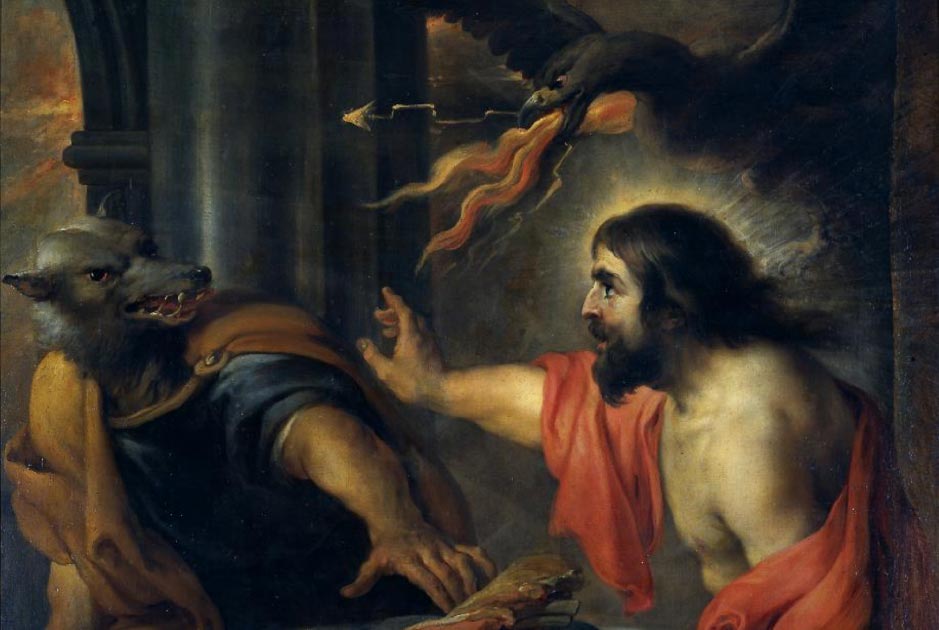
One of the oldest werewolf myths comes from ancient Greece.
Lycaon (“lykos”, wolf) wanted to test the almighty Zeus. He didn’t believe that the most powerful Olympian was all-knowing. So, he attempted to trick him – like Prometheus.
The king sacrificed his son, Nyctimus, and served his flesh roasted during a feast.
Of course, Zeus realized what was going on. Furious, he killed Lycaon’s offspring and transformed him into a wolf, while also resurrecting Nyctimus.
This story is a cultural critique of the customs and barbarous traditions of the Arcadians, supposedly in the name of Zeus.
The transformation of Lycaon to a beast is the symbolic condemnation of these vile practices, the ostracization of those who are uncivil. This is a major theme that repeats over and over again in the mythos of the werewolf. We’ll talk about this more in a minute.
Werewolves in Ancient Greece
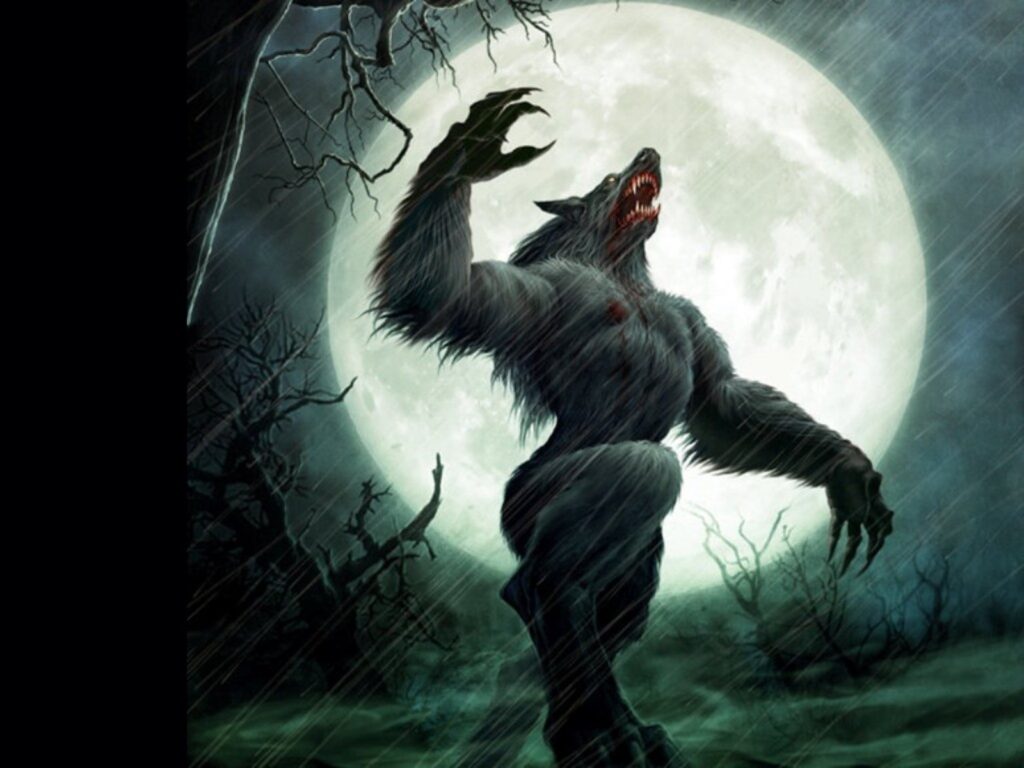
Herodotus writes about the Neuri, a tribe that would transform into wolves a few days each year.
Similarly to Lycaon’s story, Pausanias speaks of a man that turned into a wolf after tasting the human flesh of a sacrifice to Zeus.
Arcadia, which is a region near the south of Greece, is steeped in wolf stories.
Men who roam the forests as wolves, a tradition where a man joins the pack for 9 years, and if they manage to not taste human flesh, they return to normal.
But it was the Roman and early Christians that influenced how we see werewolves and “in lupum fuisse mutatum” as a curse, associated with the full moon and the half-human half-wolf imagery.
Werewolves in Medieval Times
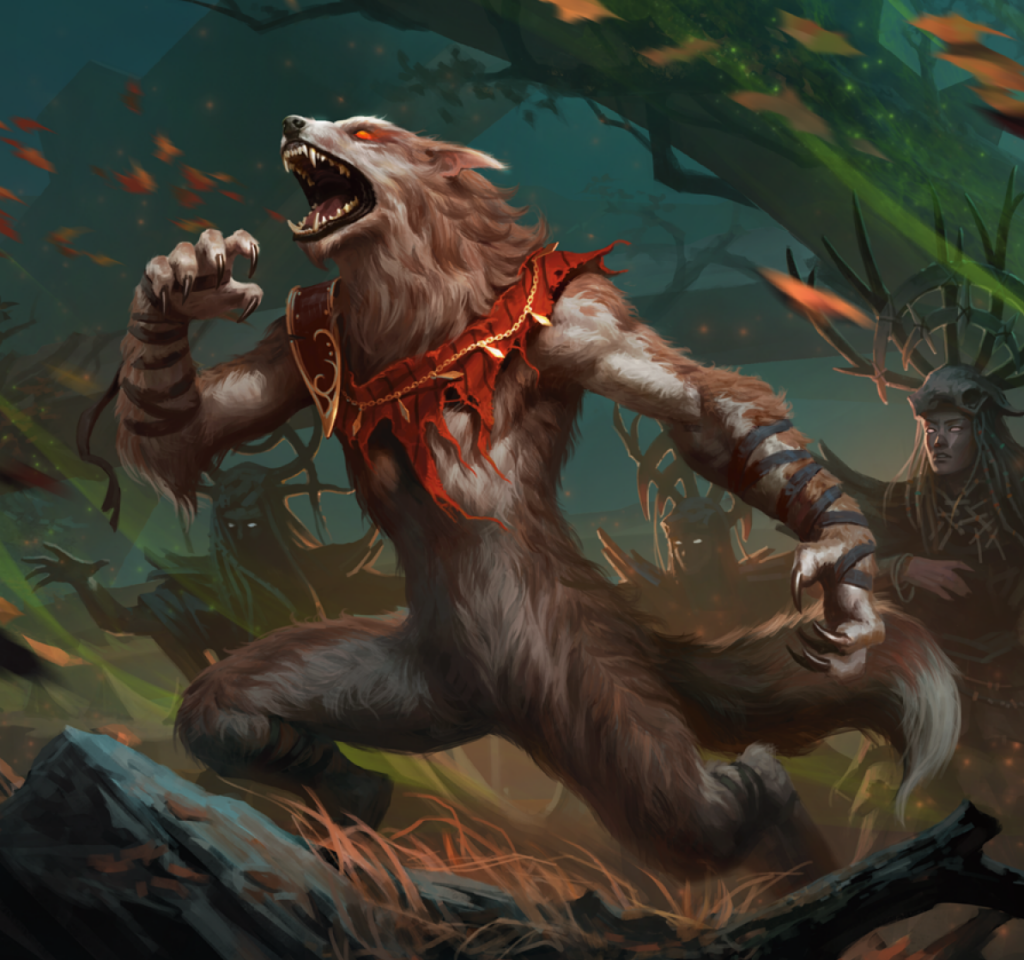
It’s interesting how folklore beliefs could saturate the daily life of the common folk. There are so many documented cases of werewolf attacks, we’d actually believe they were real if we didn’t know any better!
We see historians, lawyers, statesmen writing down these rumors as a “known fact”, even prescribing warnings and key characteristics one should look out for. The line between other creatures of the night and werewolves become blurry the deeper we get into the European continent but the “transformation” remains a standard.
Eventually, Christianity adapted the werewolf mythology and added a layer of theological narrative. The key point is that no man has the innate ability to transform into an animal, whether it’s a wolf, snake or cat, without the intervention of the divine.
So, in that context, werewolves were either cursed or punished for their wrongful deeds and for that reason, they should be prosecuted. This is why during the frenzy of the witch hunt, werewolves were hunted down en masse.
How to Transform into a Werewolf
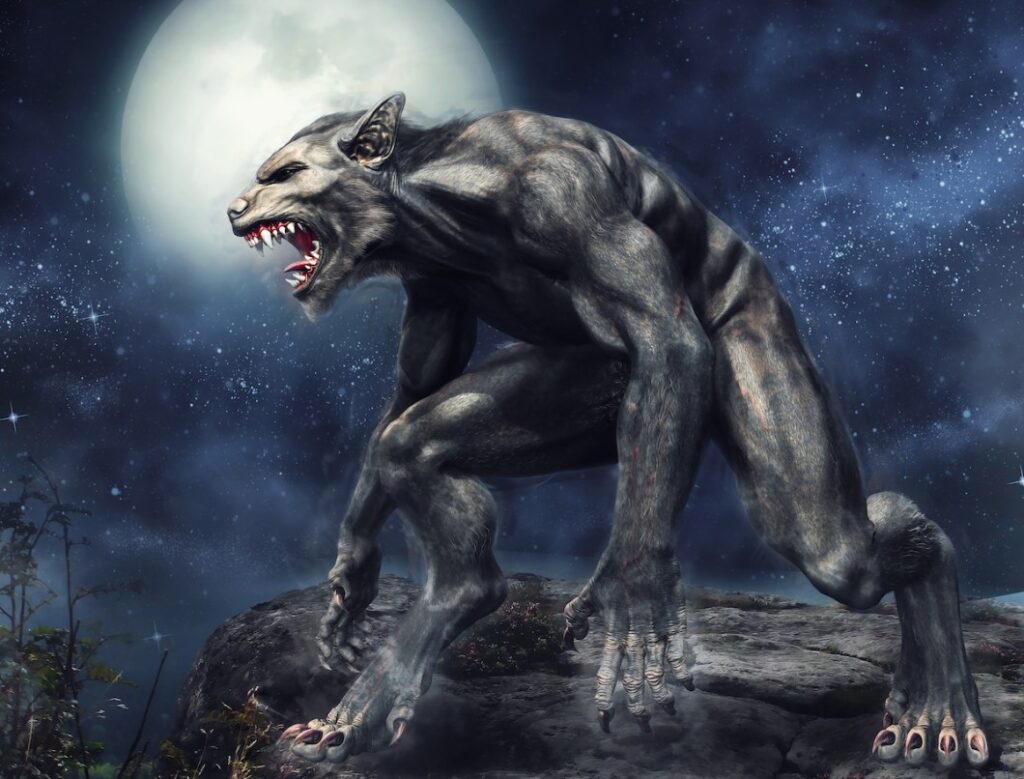
A lot has been written about the metamorphosis of man to wolf.
But the anthropomorphic imagery of the bipedal, human-like wolf is very recent. Originally, as I’ve already mentioned, the transformation was about becoming an animal and not a half-human, if that makes sense.
Having said that, it’s during medieval times that we glean the most information about the physiognomy of the werewolf.
When they’re in human form:
- The eyebrows meet
- Very hairy
- Wounds expose the fur under the skin
- Traumas heal exceptionally well
- Curved fingernails
- Weird, swinging stride
When they are in wolf form:
- They’re missing their tail – also a typical characteristic of witches when they transform into animals)
- Can walk on three feet and pretend the fourth one to be the tail
- Can speak in human language
And when they turn back to human form, they are hazy. Historians describe it as “coming out of a trance-like state”.
Notice the similarities with the warrior cults and how fighters would go into a frenzy when fighting, whether it was the berzerkers or the wolf-coats?
Another layer to this is the ecstatic rituals witches would employ in their craft.
Becoming the Wolf
In prehistoric times, becoming the wolf was a result of divine punishment. Later on, as Christianity gained currency, lycanthropy was associated with Satan, witches, familiars, and all-around unholy rituals.
Drinking certain potions and exposing yourself to the moonlight were also possible ways of transmuting your body.
(Note: Researching for this blog post, I found an interesting anecdote. Thiess of Kaltenbrun exclaimed that he was a “Hound of God”. He’d transform into a werewolf three times per year and travel to Hell, fighting the Devil and his witches for the grain they had stolen. He was punished for his beliefs. I find it fascinating that even in the face of torture, he never changed his mind!)
Curse and Sickness
You’ll find that a lot of folklore beliefs are couched in the very human desire to explain the world through stories, myths, and dreams.
Thunders become Zeus. The sea becomes Poseidon. Sleep becomes Hypnos. Diseases, crises, danger and other catastrophes are personified.
In this case, the werewolf might have been a way to rationalize legitimate medical conditions like Down-Syndrome, psychosis, rabies, and hypertrichosis.
Another theory is that the wolfman represents the serial killer, the murderer, that, in absence of modern means of solving crimes, could wreak havoc in small communities.
Whatever the case may be, it underlines how these people were ostracized, rejected by society. That brings me to…
Werewolf is the Girardian Scapegoat
I’ve mentioned the concept of Girard’s Scapegoat, the black sheep, a few times.
In the context of the Hero’s Journey and your personal mythology, it represents the point in the story when the people you saved turn against you. When immediate danger is defeated, people need another placeholder to put in their fears and flaws.
The werewolf is another monster. We need the fangs, the howls, and the sharp teeth to insert whatever irrationality and superstition we have about the world. Most importantly, we need a way to rationalize the unfairness and suffering that exists in our world.
So, we pretend that “evil” veils itself in very obvious and exaggerated ways.
The half-human, half-wolf, the collective accumulation of sin, arrogance, violence, and destruction is cast away, ostracized from the community covered in tar and wolfskin.
That way, we’re cleansing our little communities – similar to the dramatization rituals of Halloween.
The Modern Interpretation of the Werewolf
As we’re approaching modern history, the werewolf is imbued with the melodramatic essence of romanticism of the 19th century.
Like the blood-thirsty vampire, the wolf becomes refined, cultured, a man of passion.
Instead of an ugly, scary monster, he’s now a tormented soul, suffering from a generational curse or the malevolence of a witch.
The element of sacrifice comes into play. We see scenes where the afflicted tries to resist the urge to transform or trap himself so he doesn’t harm others.
Eventually, this metamorphosis gained sociopolitical undertones. In many cases, it underlined the downfall of the aristocratic class in the late 19th century. Eventually, lycanthropy became an affliction of the working class to voice the anxieties of the bourgeoisie that was threatened by the rise of socialist movements.
However, in the most recent interpretations of the myth, the werewolf is the protector or the antithesis, the antagonist, of other demonic subversive forces.
Be Wary of the Howls
I talked a lot about the abstract concept of lycanthropy, the legends, and the folkloric superstition.
But it’s worth mentioning that the mythology of the werewolf is rooted in real, tangible danger: wolves!
Wolves were a legitimate fear people had until very very recently. It was actually a daily annoyance, especially for those who raised livestock.
Wolf attacks are rare nowadays but they still happen. I think people underestimate the ferocity and strength of the animal. And when they encounter one, they’re shocked.
In the absence of weapons, we’re at a disadvantage. And thus, the werewolf is born!
P.S. What do you think the werewolf represents? Do you agree with my assessment of the Girardian scapegoat?
